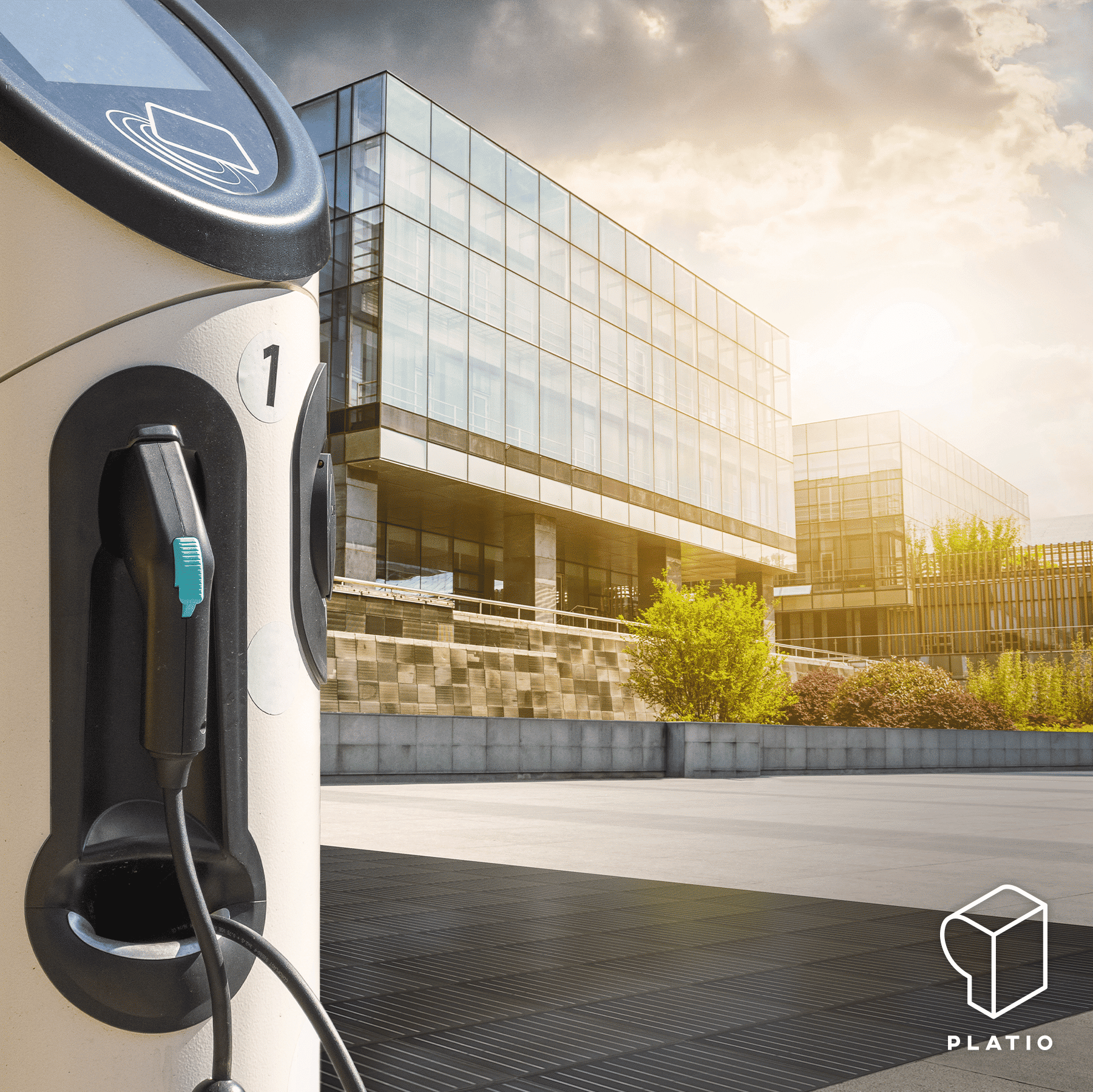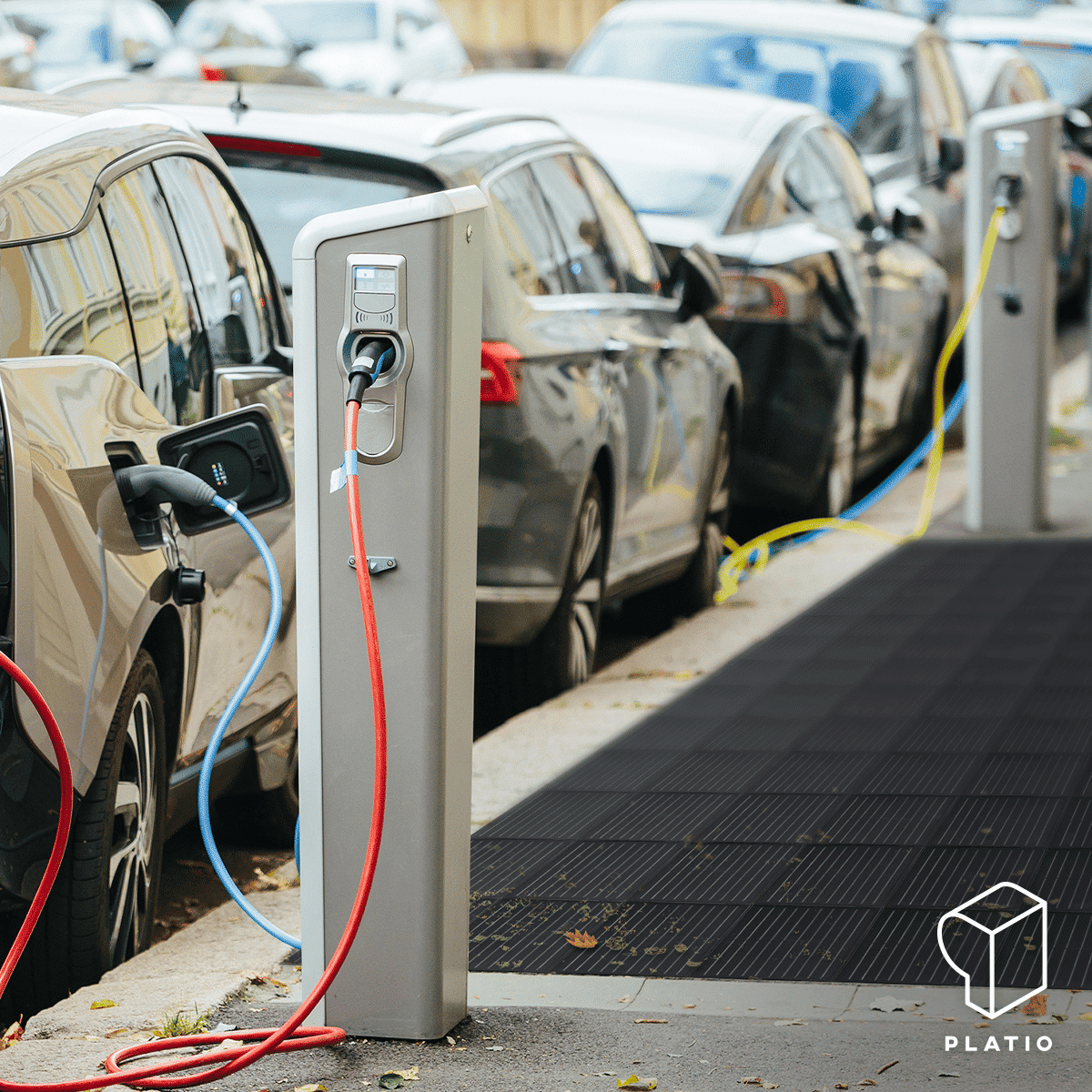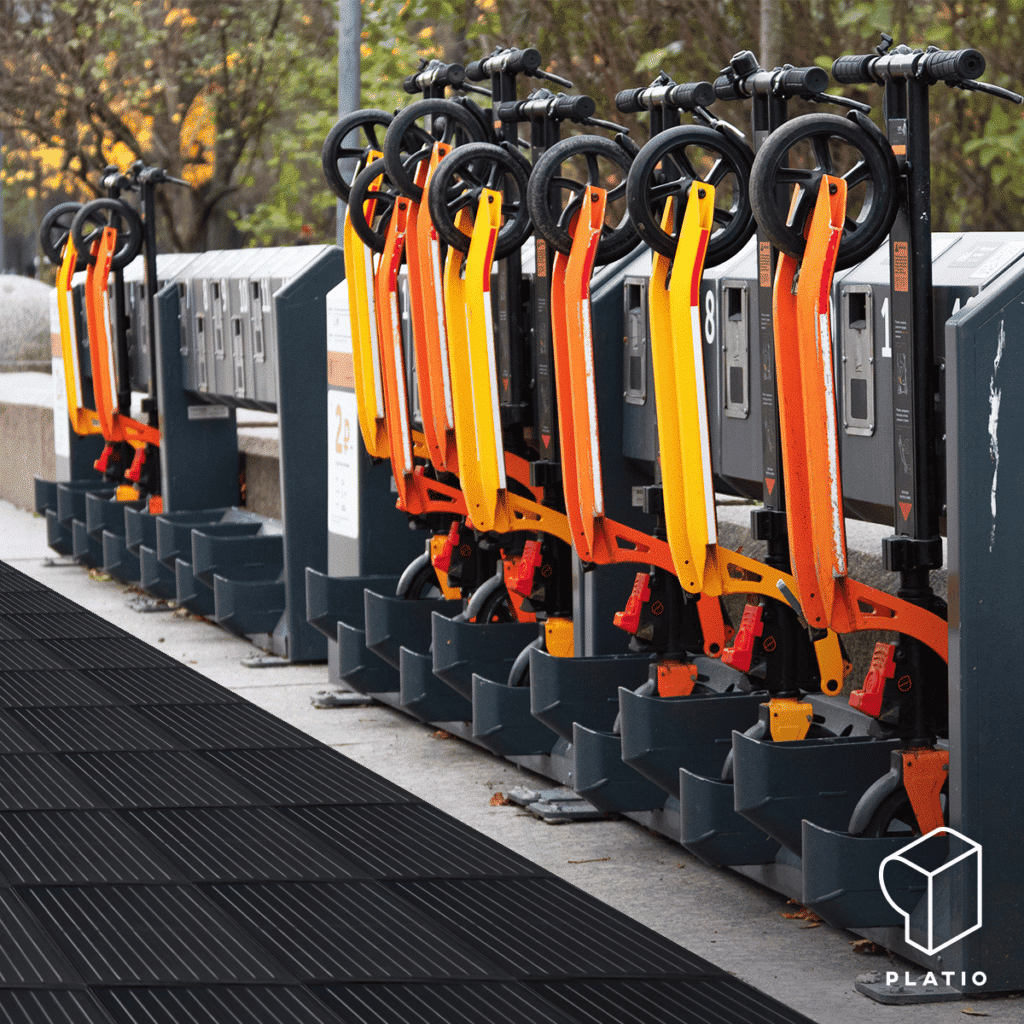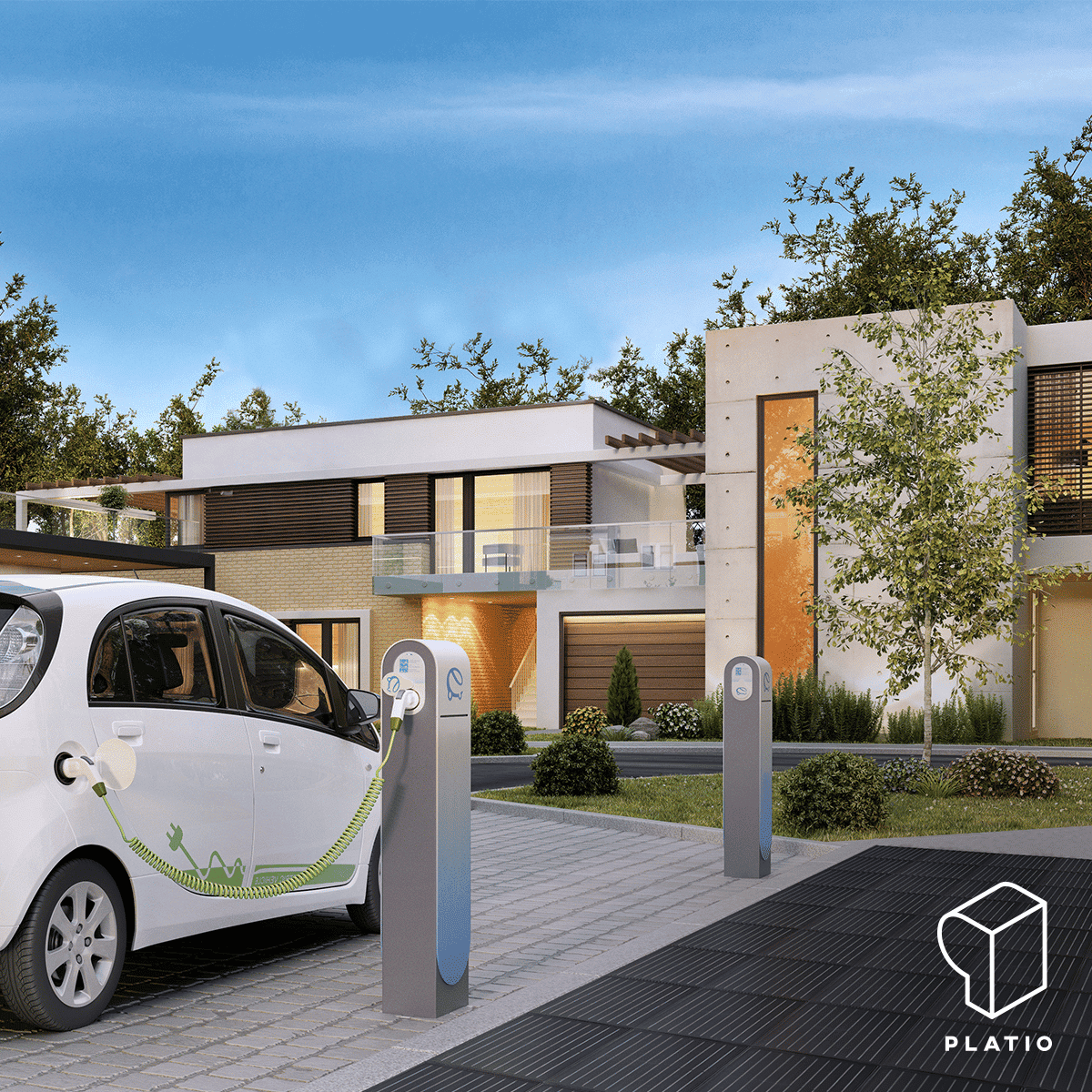Today, Electric Vehicles (EVs) and E-mobility are gaining ground all over the world. But what does this concept actually include? This includes vehicles that can transport people or even goods from “A” to “B” using pure electricity. This group includes e-scooters, e-bikes, e-scooters, e-cars, e-cars and e-buses. And there are two main reasons for their rise:
- escalating fuel prices and the finite amount of oil that can be extracted,
- environmental social responsibility, and the pursuit of sustainable mobility.
Climate policy goal for E-mobility
E-mobility is a key element of European and global climate policy. Today, transport is responsible for a significant share of emissions (12%), alongside wasteful energy use in buildings. It is for this very reason that alternative, i.e. non-fossil fuel-based, vehicles need to be promoted.
The European Union’s plan is that from 2035 only 100% carbon neutral (zero emission) cars will be allowed on the market. The shift from polluting engines to all-electric propulsion is a key step towards achieving net zero emissions by 2050. To achieve the carbon-neutral target, Member States are using incentives (subsidies for the purchase of electric vehicles) to help households and businesses.


Is carbon-neutral transport present or fiction?
There is much debate about whether transport can be completely greened. There are many experiments being conducted by the automotive industry worldwide to create transport devices that do not produce emissions. At the moment, electric vehicles (EVs) are the only economic option for green transport. It is also worth knowing that it is much cheaper to run an electric vehicle on electricity than it is to run an explosive vehicle on diesel or petrol. This is another motivation for consumers to switch.
But how much does it cost to charge the EV?
There is no exact answer to this question because the operators of the service stations have different pricing structures. Charges are usually set per kW charged or per full charge, but a distinction can also be made between standard and fast chargers. One thing is for sure: even at current energy prices, it is cheaper to run on electricity than to burn fossil fuels. But this “cost of the journey” can also be offset! This can be achieved by providing charging stations with electricity from renewable energy sources. Classically, the best solution here is again to use solar systems.
Charging stations, types, varieties
Charging options vary from device to device. E-scooters, and e-bikes can be charged simply from the home network. Refueling of larger vehicles is available in public spaces, business premises, car parks, and already at a number of traditional petrol stations. There are also companies that specialize in developing infrastructure for e-vehicle charging. These companies are setting up charging stations for electric scooters, bicycles, and cars at busy locations. This makes the service easily accessible to local residents and tourists. Of course, you can also set up your own home charging station for these means of transport with a small investment.
Electric vehicles charged from the home network are much cheaper to run than charging stations provided by service providers. But the costs for the home/business can be easily offset if the charging station is powered by a solar panel system. With this solution, the device can be charged with clean, green energy, guaranteeing carbon-neutral operation. It also eliminates the criticism that electric vehicles often face regarding the purity of the energy they charge. With a solar panel system, you are guaranteed to run the vehicle on renewable energy, not on electricity generated in a coal or gas power station and fed into the grid.
The uptake of e-mobility is also being boosted by the fact that more and more companies are building their own charging stations on-site. These are usually made available to employees as an extra perk so that they can get to work for free.


PLATIO solar charging stations
The solar pavement provides the basic infrastructure needed to operate the charging stations. The solar energy generated by the solar paver feeds the charging station, meaning that it is not powered by the grid, but by a renewable source of green energy for the electrical devices. It is truly green transport when green energy drives your e-devices!
Solar pavement can be easily installed on the parking space next to the charging station, on the adjacent pavement, or even on surfaces next to the building. The solar pavement can be connected to any EV charger. Another great advantage of PLATIO is its modularity. By expanding the system, green energy can be made available to additional charging stations or even to the home or workplace. That is how PLATIO makes E-mobility easier and more sustainable.
Our company have already installed some solar charging systems together with our partner. The station can charge all types of devices (bikes, scooters, cars). Our references for the combination of solar paver and e-charging are:
- E-car: Prologis Logistics Centre, Hungary
- E-scooter: scooter charging station – you can charge your own scooter, Barcelona
- E-bike: our Swiss bike path installation where e-bikes can be charged with PLATIO (Switzerland)
The future of urban transport
Our latest micromobility solution will revolutionize commuting in smart cities, life in the cities will not only be fun, but also environmentally friendly!
Together with 2 startups, Rollin and Kuube, we have developed a unique smart city solution: solar-powered micromobility station with smart features. This smart city package involves PLATIO solar pavers, e-scooter charging station and smart bench. PLATIO solar pavers produces clean energy and powers the scooters waiting at ROLLIN stations. While charging yoou can relax on the smart bench with wifi and phone charger. As there is a growing demand for clean, cost-effective, energy-efficient public transport, it will be a truly breakthrough solution for cities and businesses!


Recent Comments